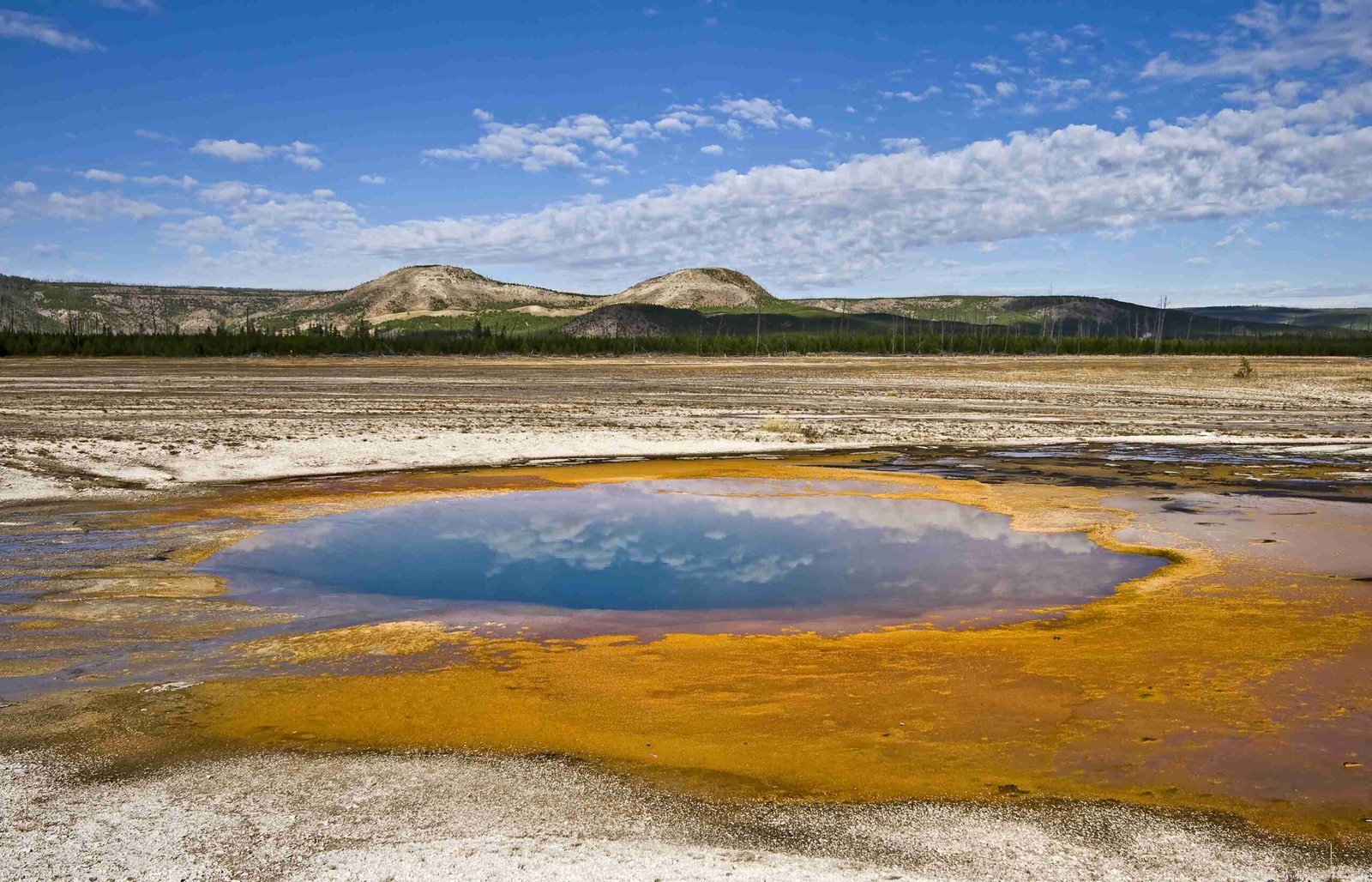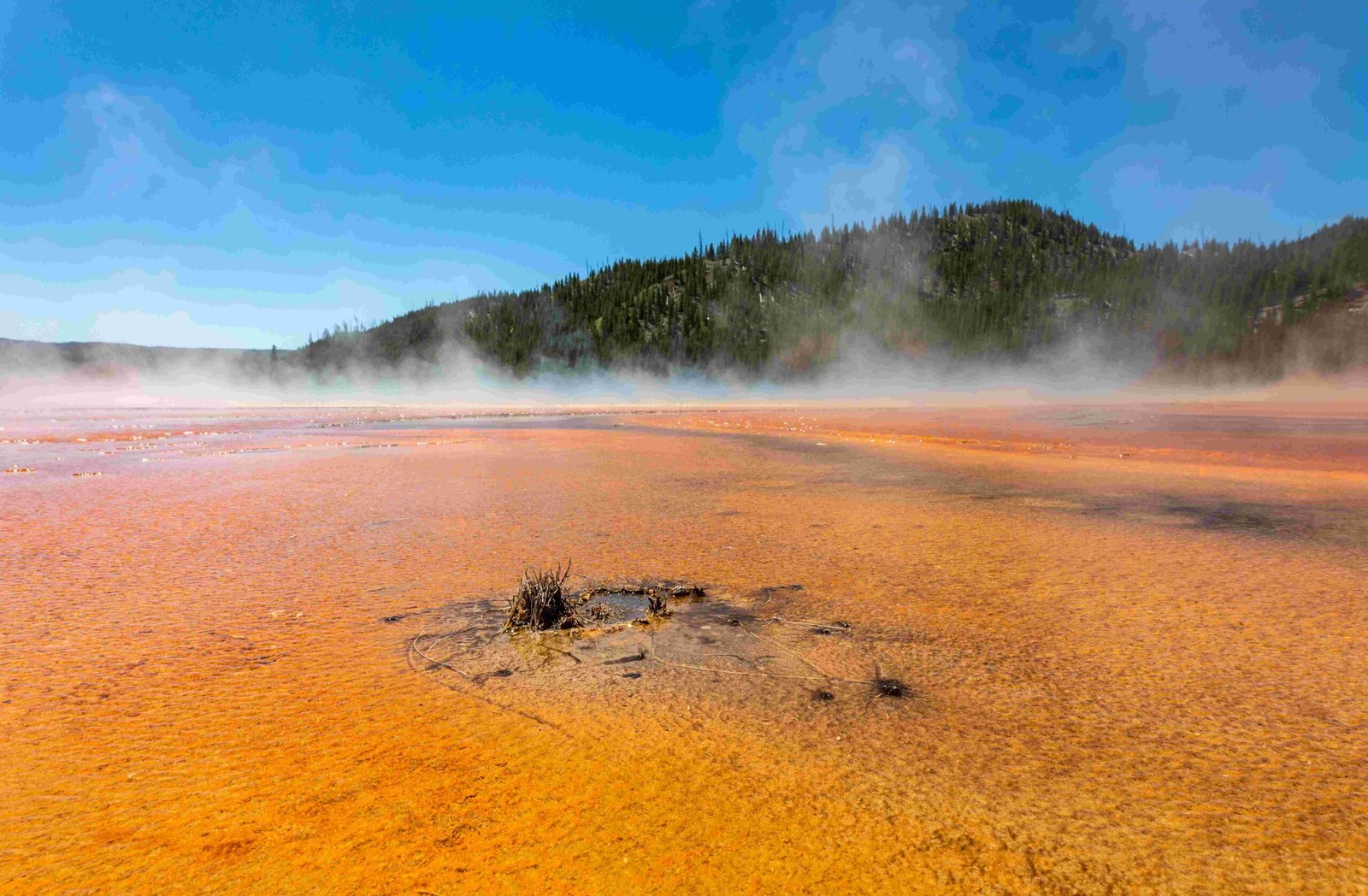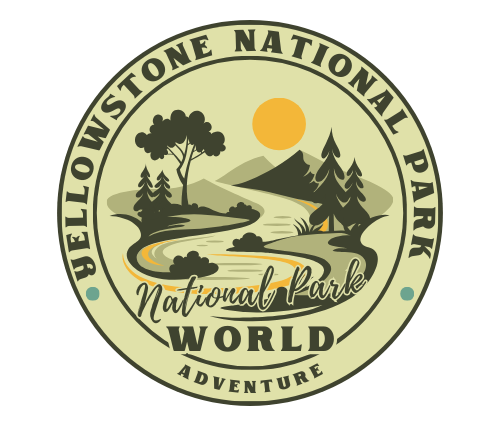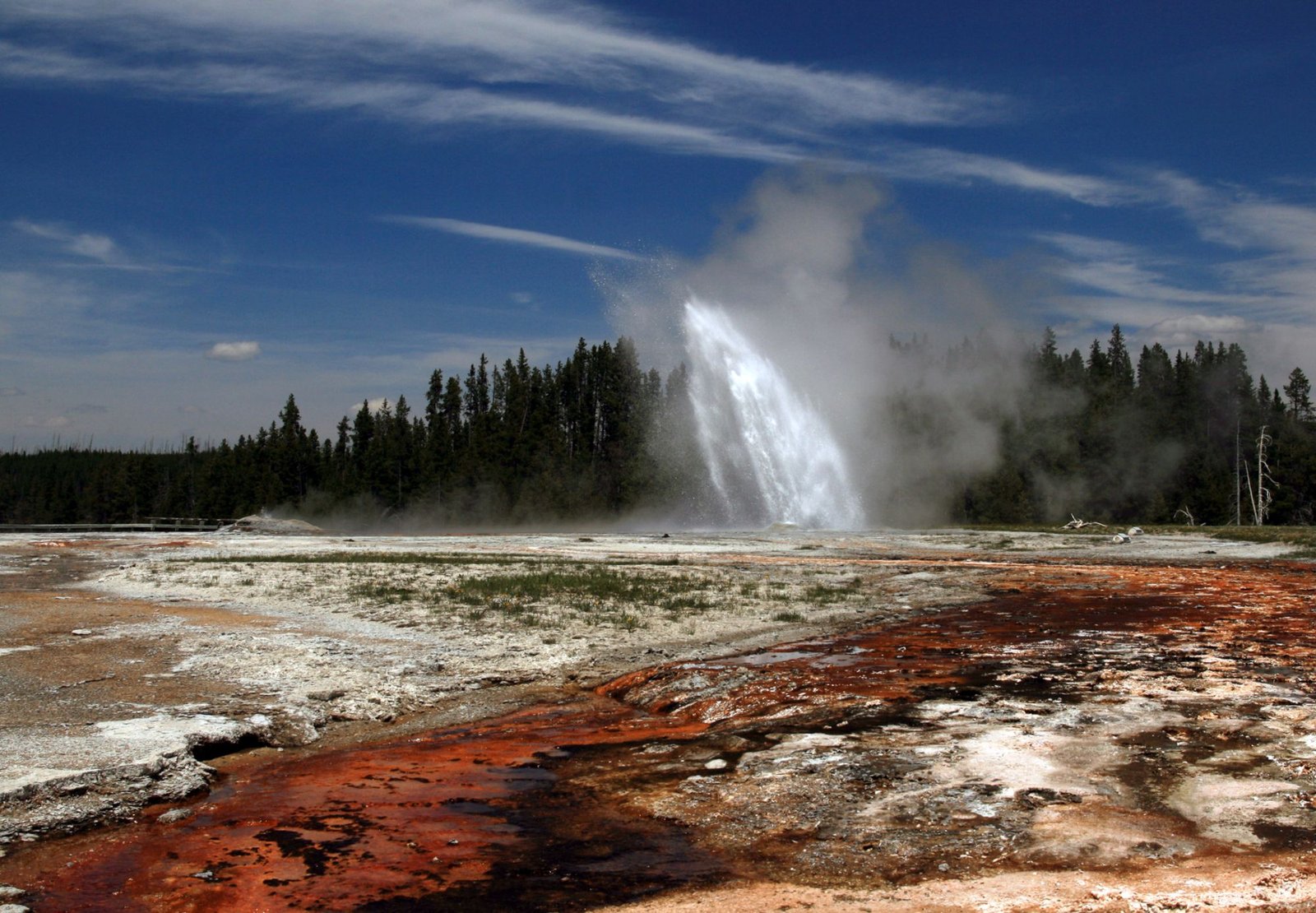The pronghorn antelope is the fastest animal in Yellowstone National Park, capable of reaching speeds up to 61 miles per hour. This remarkable creature, native to North America, outpaces all other land mammals in the park. With its unique adaptations for speed and endurance, the pronghorn can sustain high velocities for extended periods, making it a true marvel of evolution and a highlight for wildlife enthusiasts visiting Yellowstone.
What Makes the Pronghorn the Fastest Animal in Yellowstone National Park?

The pronghorn’s status as the fastest animal in Yellowstone National Park is due to several key factors:
- Maximum Speed: Pronghorns can reach speeds of up to 61 miles per hour.
- Sustained Speed: They can maintain speeds of 40-50 miles per hour for long distances.
- Unique Adaptations:
- Large lungs and hearts for efficient oxygen utilization
- Absence of a collarbone, allowing for greater limb motion
- Specialized hooves for grip and shock absorption
- Exceptional eyesight with a 300-degree field of vision
These adaptations enable the pronghorn to outrun potential predators and cover vast distances in Yellowstone’s diverse landscape.
How Does the Pronghorn’s Speed Compare to Other Animals?

To put the pronghorn’s speed in perspective, let’s compare it to other fast animals:
| Animal | Top Speed (mph) |
|---|---|
| Pronghorn | 61 |
| Coyote | 43 |
| Elk | 45 |
| Grizzly Bear | 35 |
| Gray Wolf | 38 |
As we can see, the pronghorn significantly outpaces other Yellowstone residents, cementing its position as the fastest animal in the park.
Where Can Visitors Observe the Fastest Animal in Yellowstone National Park?
The best locations to spot pronghorns in Yellowstone include:
- Northern Yellowstone: Particularly around the Lamar Valley
- Areas north of the Yellowstone River
- Open grasslands and sagebrush plains throughout the park
These areas offer prime habitats for pronghorns and provide excellent opportunities for wildlife viewing.
When Is the Best Time to See Pronghorns in Action?
Pronghorn behavior and visibility vary throughout the year:
- Breeding Season (September-October): Males are more active, competing for mates
- Winter: Pronghorns form mixed herds and follow the snow line south
- Spring and Summer: Newborn fawns can be seen following their mothers
Each season offers unique opportunities to observe these swift animals in their natural habitat.
What Conservation Efforts Support the Fastest Animal in Yellowstone National Park?
Recent conservation initiatives have focused on:
- Removing fences to restore migration pathways
- Protecting crucial habitats within and outside the park
- Monitoring pronghorn populations and health
These efforts aim to ensure the long-term survival of pronghorns in Yellowstone and surrounding areas.
How Have Pronghorns Adapted to Yellowstone’s Ecosystem?
Pronghorns have developed several adaptations specific to Yellowstone’s environment:
- Keen eyesight to detect predators across open plains
- Efficient digestive system to process tough vegetation
- Ability to conserve water in arid conditions
- Seasonal migration patterns to access optimal food sources
These adaptations allow pronghorns to thrive in Yellowstone’s challenging and diverse ecosystem.
What Role Does the Fastest Animal in Yellowstone National Park Play in the Ecosystem?
Pronghorns play a crucial role in Yellowstone’s ecosystem:
- Prey species for predators like wolves and coyotes
- Grazing impact on vegetation, influencing plant diversity
- Seed dispersal through their movements across the landscape
- Indicator species for grassland health and connectivity
Their presence and behaviors contribute to the overall balance and biodiversity of the park.
How Can Visitors Responsibly Observe the Fastest Animal in Yellowstone National Park?
To responsibly observe pronghorns in Yellowstone:
- Maintain a safe distance (at least 25 yards)
- Use binoculars or spotting scopes for close-up views
- Stay in designated viewing areas and on established trails
- Avoid disturbing animals, especially during sensitive times like breeding season
- Follow park regulations and ranger instructions
Responsible wildlife viewing ensures the safety of both visitors and animals while preserving the natural behaviors of Yellowstone’s fastest residents.
References:
1. https://www.greenwichsentinel.com/2024/10/09/wildly-successful-the-pronghorn/
2. https://tracks-trails.com/rv-travel-blog/pronghorn-of-yellowstone-dont-fence-me-in/
3. https://www.nps.gov/yell/learn/nature/pronghorn.htm

